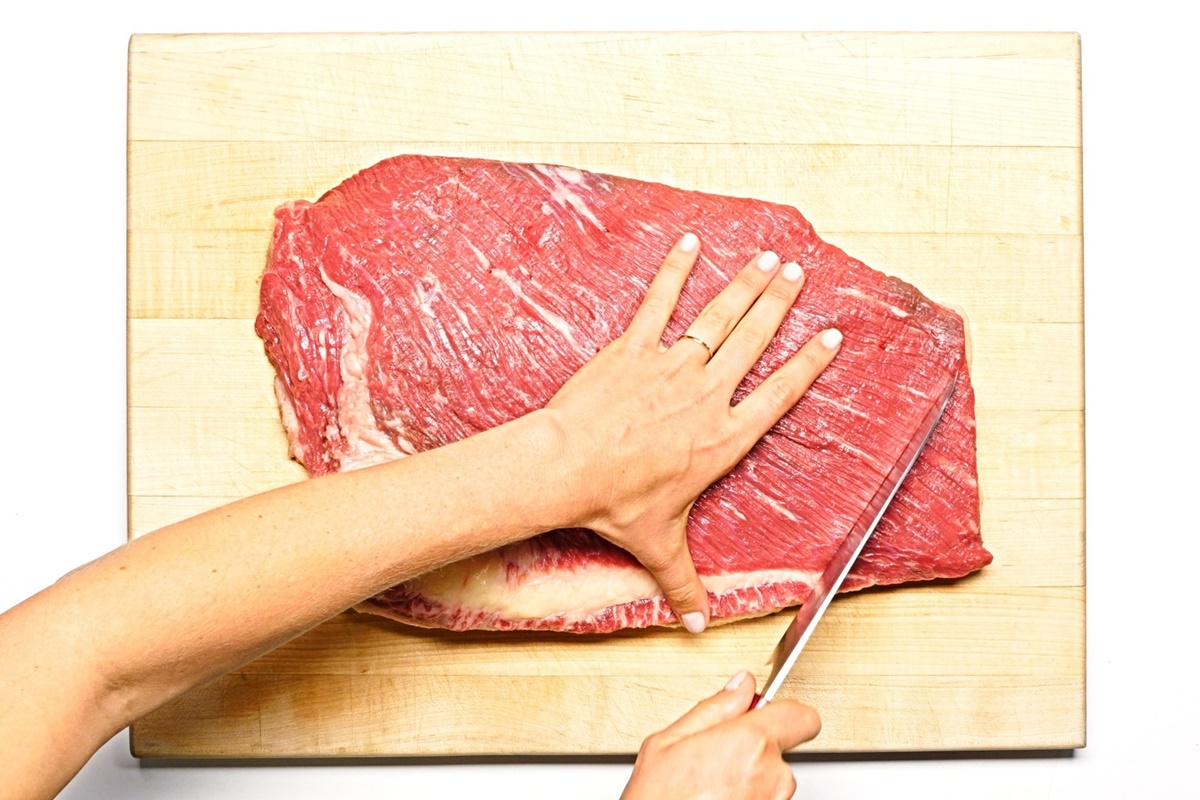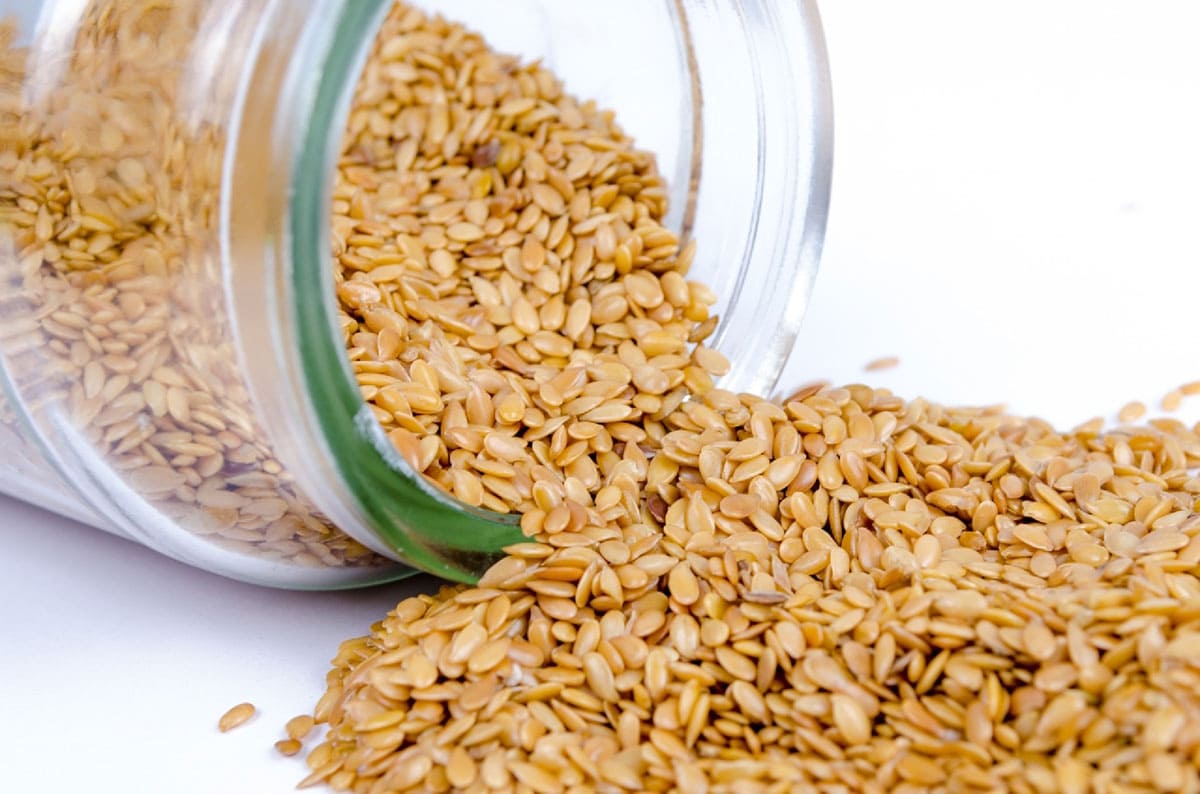Understanding Proportional Eating
When it comes to maintaining a healthy diet, eating in proportions is key. It’s not just about what you eat, but also about how much you eat. Understanding how to eat in proportions correctly can help you maintain a balanced and nutritious diet.
Portion Control
Portion control is an essential aspect of eating in proportions. It involves being mindful of the amount of food you consume at each meal. Here are some tips for practicing portion control:
- Use smaller plates and bowls to control portion sizes.
- Measure out servings of staple foods like rice, pasta, and protein to avoid overeating.
- Eat slowly and savor each bite to give your body time to register fullness.
- Be mindful of portion sizes when dining out, as restaurant servings are often larger than necessary.
Balanced Nutrition
Eating in proportions also means consuming a balanced mix of nutrients. This includes incorporating a variety of food groups into your meals:
- Fruits and Vegetables: Aim to fill half of your plate with fruits and vegetables. These foods are rich in vitamins, minerals, and fiber.
- Protein: Include lean sources of protein such as chicken, fish, tofu, or legumes in your meals. Protein is essential for muscle repair and overall health.
- Whole Grains: Opt for whole grains like quinoa, brown rice, and whole wheat bread to provide sustained energy and fiber.
- Healthy Fats: Incorporate sources of healthy fats such as avocados, nuts, and olive oil into your diet for heart health.
- Dairy or Dairy Alternatives: Choose low-fat or non-fat dairy products, or opt for dairy alternatives like almond milk or soy milk.
Mindful Eating
Mindful eating is a practice that can help you eat in proportions by paying attention to your body’s hunger and fullness cues. Here are some strategies for practicing mindful eating:
- Listen to Your Body: Eat when you’re hungry and stop when you’re full. Avoid eating out of boredom or emotions.
- Eliminate Distractions: Turn off the TV and put away electronic devices while eating to focus on your meal.
- Chew Thoroughly: Take the time to chew your food slowly and thoroughly, savoring the flavors and textures.
- Be Present: Pay attention to the sensory experience of eating, including the aroma, taste, and texture of your food.
Practical Tips
Here are some practical tips for incorporating proportional eating into your daily routine:
- Plan your meals ahead of time to ensure a balanced mix of nutrients.
- Use the “plate method” as a visual guide for portioning your meals.
- Keep healthy snacks like nuts, fruits, and yogurt on hand to avoid reaching for unhealthy options when hunger strikes.
- Stay hydrated by drinking plenty of water throughout the day, as thirst can often be mistaken for hunger.
- Seek support from a registered dietitian or nutritionist for personalized guidance on proportional eating.
By practicing portion control, consuming a balanced mix of nutrients, and being mindful of your eating habits, you can effectively eat in proportions and maintain a healthy diet. Remember, it’s not just what you eat, but how much you eat that matters.











